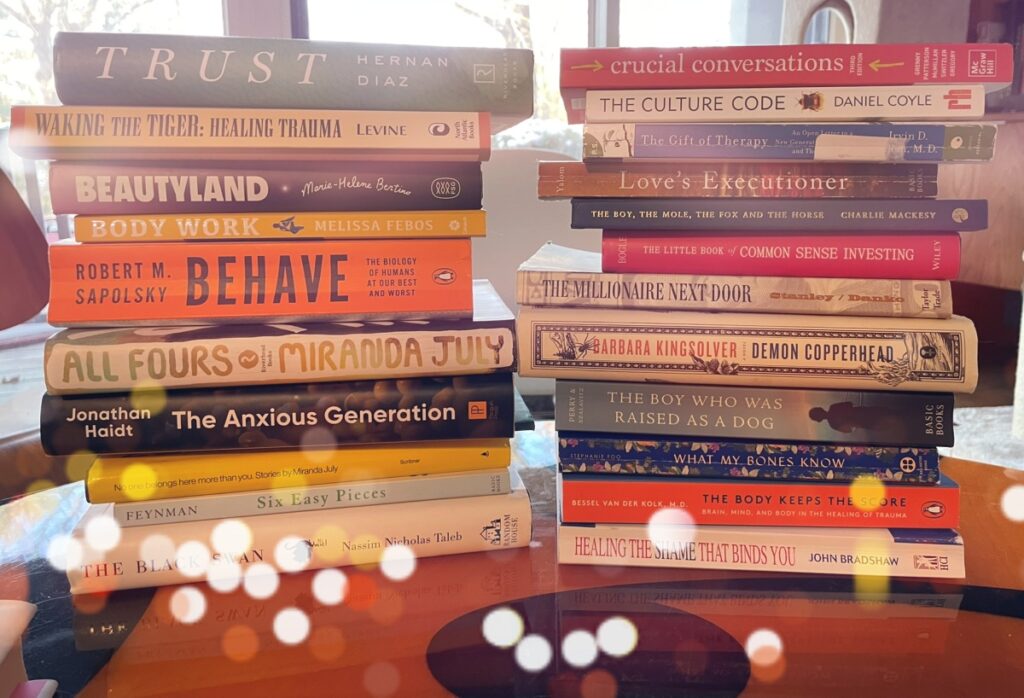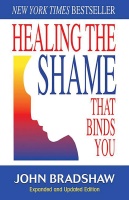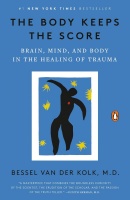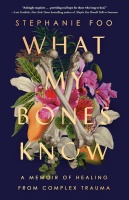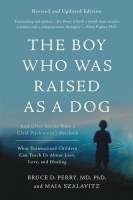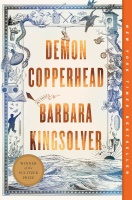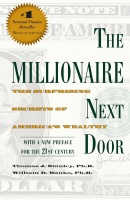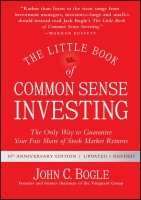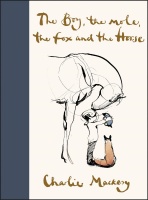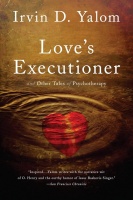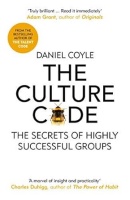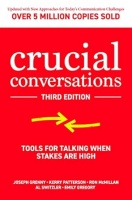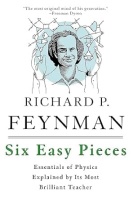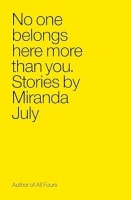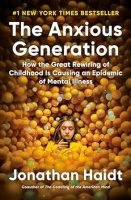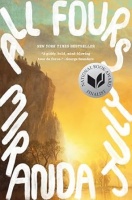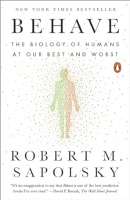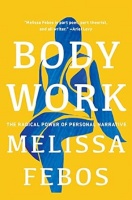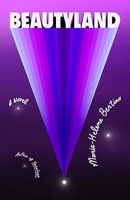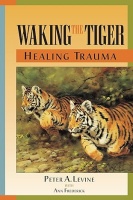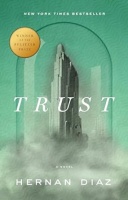I tried it on a whim. My motivation was getting out of being my (old) self. I thought maybe waking up at 5AM would, by the sheer unholiness of the hour, somehow dislodge me and land me somewhere else.
There was some logic to this madness and, if you’ll bear with me, the following hypothetical situation may help you understand:
Imagine a little girl blissing out at the playground, no sense of time because she’s having so much fun digging this hole to China. Another child comes up to her and calls her a hairy monster while pointing at the girl’s arms, which is covered in a normal amount of arm hair for that age. This moment of carelessly offered childish observation that would seem objectively benign and fleeting to one child, lands on this particular girl like napalm and it proceeds to stick and burn her for the rest of her life.
She begins her hair removal journey that very day after running home in tears and bee-lining it to her parent’s bathroom where she looks for and finds her mother’s tweezers. She tries pulling out one arm hair after another the way she’s seen her mother pull out the hairs above her lips. It’s painful. So she soon graduates, at the tender age of six, to shaving with a disposable razor she smuggles from her father’s travel toiletry bag. Later, she sees a commercial for Nair and tries cream depilatories. In her teens she gets a part time job, not to save up for college or a car, but to afford sugaring and waxing and some very localized electrolysis, mainly one underarm. Once she gets a full time job after college, she starts laser hair removal. It is not the permanent solution of her dreams. Her disappointment is experienced as a death of a loved one. She had pursued accounting as a career, even though she hates her job, to have financial security for the primary purpose of being able to afford laser hair removal.
She can’t go out on a date or even hang out with friends without being perfectly hairless. She can’t keep a boyfriend because after a week from waxing she starts to see hairs and that means she can’t allow him to touch her. The thought of a man seeing her naked unless she is perfectly smooth fills her with such anxiety that intercourse becomes impossible. When, at the age of 30, never having had a significant romantic relationship, she finds a strange pube-like strand growing from a part of her body that is decidedly not her vagina, she sinks into a depression that lasts for months. She finally seeks therapy. But she can’t talk to her therapist about what really brought her into their sessions together, namely the pube growing on her upper arm. She’s too embarrassed and ashamed and is terrified that the therapist will ask her to show her the offending hair. So she talks instead about how depressed she is and asks the therapists why that might be.
Her self-esteem, what there is of it, is inversely proportional to the number of hairs on her body. She is deeply depressed, riddled with anxiety, and financially insecure because every penny she manages to save is spent on hair removal services and products. She’s an accountant, so she knows about compound interest and the need to invest begin investing in order to build a retirement fund. Knowing, however, does not mean doing.
By the time she turns 40, her paranoia about looking like a yeti becomes so acute, that her hair, the ones on her head, turns white. Then they start to fall out. During a drawn out leave of absence from the accounting firm due to poor health and crippling panic attacks, she notices that she no longer has eyelashes or eyebrows.
Then, one night, in a fit of rage and despair fueled by decades of self hatred carried since that day at the playground when some six year old dipstick kid tossed behind him like so much litter the judgment of hairy in her general direction, she shaves her entire head. She stands there, surrounded by long strands of salt and pepper, looking at her hairless head and thinks, “I’m so hairy but I have none left.”
My point is this: while perhaps difficult to believe, it is absolutely the case that a single, seemingly benign and fleeting grade school moment of cruelty can become a lifelong trauma.
By that same logic, the scientists are now saying that a small change in behavior or external stimuli can be the start of big changes to your mental health. Such is the thinking behind cognitive behavioral therapy (CBT) and Atomic Habits by James Clear, which as been on the NYT best seller list for over 260 weeks. Both CBT and Atomic Habits hinge the validity of their prescribed practice of small conscious changes to behavior resulting in big mental health benefits. It’s logical and limited and reassuring.
So that’s why I joined the 5AM Club in March, 2024. The hope–unrealistic and unhinged as it may sound–was that this change in wakeup time might be the beginning of some enormous healing for my traumas. Yes, I’m chuckling, too.
I have no idea how this experiment is going. I have no rubric to evaluate my progress toward mental health by waking up at 5 in the morning. But whenever my faith wavers in the church of the 5AM Club, I close my eyes, take a sip of my 5AM coffee, and tell myself to trust the process. Stay the course. Because at the very least, I’ve been getting a lot of reading done.
Here are the books I’ve read this year since I joined the 5AM club and some brief and shamelessly incomplete thoughts on each.
NOTE: There is no reason for the order of the books I read or the order of the books as presented here. I read whatever I want at 5AM. That’s what I get for waking up in that ungodly hour. I read as I please and what pleases me is the only reason for reading at that hour.
***
Healing The Shame That Binds You by John Bradshaw. Slogged 3/4 of the way through and then quit. It was sexist at times, which annoyed me. Don’t bother.
The Body Keeps the Score by Bessel Van Der Kolk. Offered me a model of maintaining an open mind to imaginative, if unorthodox, trauma treatments. Psychotherapy isn’t the only way to heal. Got me to try yoga, which has been so therapeutic. Also, very crucially, it gave me the insight to change therapists when I began to have doubts about the one I was with and instead try to find someone who that specializes in trauma and practices a somatic therapy modality.
What My Bones Know by Stephani Foo. An Asian American woman documenting her journey to heal from complex trauma? Sign me up! So few narratives of people like me out there that I ordered this immediately from Amazon. It was good, especially because it introduced me to Jacob Ham. He was so awesome I wrote about him here.
The Boy Who Was Raised As A Dog by Bruce Perry. I wish I’d read this before having kids, so I knew what kids needed at what ages before I had them. I was so ignorant about childhood development but that didn’t stop me from having two without knowing a thing about what they needed from me.
Demon Copperhead by Barbara Kingsolver. Amazing ending. I read the ending three times. She does this thing at the end that I only ever saw done by Alice Munro. She purposely withholds information after pages and pages of insight. It takes enormous guts to not describe everything, to not explain, and instead put the faith in your reader by that point in the book to fill in the blanks.
The Millionaire Next Door by Thomas Stanley and William Danko. This book taught me that if you want to be financially stable you cannot spend more than you make. And if you want to be independently wealthy, i.e. get that fuck you money, you have to save and invest.
The Little Book of Common Sense Investing by John Bogle. I’m not sure how relevant this book is in 2024. Bogle himself says that you can’t count on the stock market to continue its trajectory of the past 20, 30, 40 years. So why would I continue to invest the way he did for the next 20, 30, 40 years? I don’t know. I think I should be picking stocks sometimes, but I have no idea how to do that.
The Boy, The Mole, The Fox and the Horse by Charlie Mackesy. It looks like a children’s book, but it’s actually an illustrated book of moral philosophy. Beautifully illustrated. There’s a page in there that I use as the entry point for a blog. Coming later.
Love’s Executioner by Irvin Yalom. Super accessible and entertaining. Structured as narratives about 10 different psychotherapy patients engaged in the here-and-now relational therapy as practiced by Dr Irvin Yalom. He’s widely considered one of the GOATs in the field of psychotherapy and a great writer and story teller.
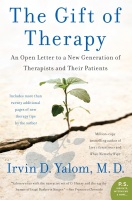
The Gift of Therapy by Irvin Yalom. A must read for therapists in training. I was so moved and inspired by this book, looking ahead at wanting to be the best therapist I can be. So inspired, I wrote about the book here. And so moved that I switched therapists. A must read for therapists in training and anyone in therapy who want to know what effective therapy looks like.
The Culture Code by Daniel Coyle. I don’t remember anything about this book. Okay, I just went back and flipped through the book. Good first half. Uses attachment theory to inform effective business and work relationships. What this means is that you must establish a sense of safety for your self and the people you work with before you can begin to solve work problems.
Crucial Conversations by Grenny, et al. The most significant contribution of this book is how they modeled Viktor Frankl’s wisdom in this quote: “Between stimulus and response there is a space. In that space is our power to choose our response. In our response lies our growth and our freedom.” The other thing I liked about it was that it clarified for me the false dichotomy of conflict. Namely, that I, like most people, think that you have to choose between being friendly/silent in order to maintain the relationship or criticize/complain and lose the relationship. They propose a third option: grow the relationship by criticizing/complaining in a connected way.
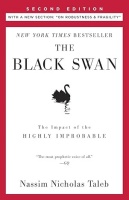
The Black Swan by Nassim Nicholas Taleb. I think the most memorable thing about this book is the authorial voice. Taleb seems hurt to the point of traumatized and desperate for acceptance beneath his erudition, brilliance, and belligerence. Reading this book felt like seeing someone unconsciously demonstrate their anxious attachment. Even when you’re paying attention he’s demanding. Like you might turn away any moment, but don’t you dare! Its so important to him that you know he’s brilliant. And he’s angry that the whole world doesn’t know just how brilliant he is. I can’t tell if I should feel sorry for him or dazzled or grossed out.
Six Easy Pieces by Richard Feynman. I still don’t fully understand quantum mechanics, but if Feynman’s lecture on chemistry is any indication of his originality and clarity, then I don’t think I will find a clearer and more original perspective on QM anywhere. Maybe I’ll read that chapter again.
No One Belongs Here More Than You by Miranda July. First book by July. The stories are engaging mostly because they’re weird, and she manages to squeeze out symbolic value from the weirdness. It’s a trick or it feels like a trick. Well done, but a trick nonetheless, and indicative of a freshman publication relying more on literary acrobatics than insight and wisdom. Totally understandable. Her latest, All Fours, on the other hand, shows her maturity and courage to be authentic as a writer and a human being and just as imaginative as ever.
The Anxious Generation by Jonathan Haidt. Super accessible book by the famous NYU prof. About keeping your kids off smartphones for as long as possible, but not being draconian about it. Helped calm some of my anxieties about video games and gave me a plan for how and when to introduce smartphones to my kids.
All Fours by Miranda July. By far the best book of the year. It has shifted to near metamorphosing extent my conceptions of pleasure and sexuality and what kinds of bodies I think of as being capable of those things. In the words of Esther Perel, it is a tour de force. A must read.
Behave by Robert Sapolsky. This was a great introduction to neurobiology, which is so important to understand psychotherapy with an interdisciplinary perspective that I think is a requirement to future therapists. He a good writer and funny. I haven’t dug too deep, but I think he’s gone a bit off the deep end with his latest literary endeavor, claiming that free will doesn’t exist. So deterministic, Robert. But I’m still curious.
Body Work by Melissa Febos. Gave me the hoorah to write my truth and the arguments to help me put away my doubts. This book came to me at the right time when I was having doubts about the value of this blog. She teaches at Iowa. I would love to take her non-fiction class.
Beautyland by Marie-Helene Bertino. It had its moments, but ultimately fell flat for me. The narrative reached for the stars, but I felt that Bertino didn’t have the imaginative chops to pull it off. It’s about an alien, but her story never leaves Earth. Read it after I saw a NYT IG review. Apparently, I don’t always agree with them.
Waking the Tiger: Healing Trauma by Peter Levine. Levine is widely considered the godfather of somatic therapy for healing trauma in Western psychotherapy. Every trauma therapist should have experience in receiving and prescribing a somatic therapy of some kind. You cannot heal trauma by thinking or talking your way out of it.
Trust by Hernan Diaz. I can’t believe a man wrote this. The power of this novel comes from the fact that a man wrote it and convincingly implicates everyone in the upholding of sexism, racism, and capitalism. Everyone. The book jacket description is terrible! So do not make any decisions about the book based on that. Whoever read the book and wrote that blurb is an idiot. The book is not about how power can manipulate facts. Oh no. It’s about how sexual power, racial power, and financial power can distort the very reality as it is experienced in our minds, to the very bone of every single person living existing within those power structures. Which is pretty much everyone. I was left feeling so uneasy after closing the book.
***
Top 3 Recommendations
If you don’t read books or read only1 or 2 a year, I understand. Many a year have passed when I read only 0 or 1. Kids happen. Bad marriages happen. A pandemic happened. Smartphone hijacks attention. Nothing to be ashamed of.
So if you’re wondering what books would be most worth the bother, I would recommend:
All Fours by Miranda July. This book was a life changing experience for me as a middle aged woman going through perimenopause, marriage problems (my entire marriage), and motherhood who is in the middle of regaining and redefining her identity. It has transformed my ideas of sexuality, relationships, pleasure, creativity, and aging. By the way, books very rarely change my life at 47.

The Gift of Therapy by Irvin Yalom. As a therapist in training focused on trauma, this book is an absolute must read. Traumatized people essentially have disordered emotions because of poor or absence of attunement as children or adults. A good therapist understands that: 1)human beings are designed to connect; 2)human being wired in healthy ways through attunement connections; and 3)the primary role of a therapist is to provide attuned attachment in order to resolve the fragmented emotions which will rewire the patients brains. Yalom’s here-and-now method of engaging with his patient harnesses all of that to guide people to mental health.
The Body Keeps the Score by Bessel Van Der Kolk. This book is so famous (over 245 weeks on the NYT best seller list and over 2M copies sold) that it’s hard for me to believe that every single one of you hasn’t heard about it. It’s an absolute must read if you want to understand the pain your and everyone else struggle with because there isn’t a person in the world, as far as I or Van Der Kolk can tell, who isn’t traumatized to some extent. It’s a spectrum, remember. What I love the most about this book is how Van Der Kolk is so open and curious to ways of healing other than traditional psychotherapy.
Share:
